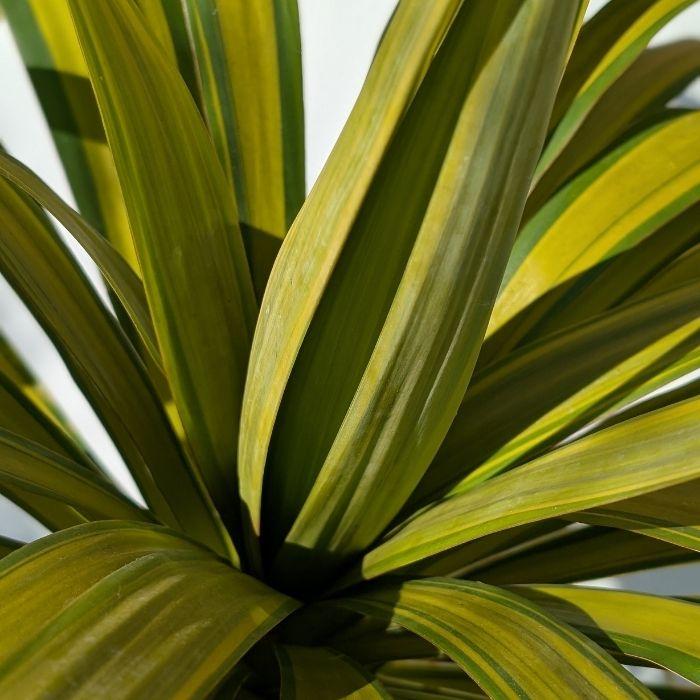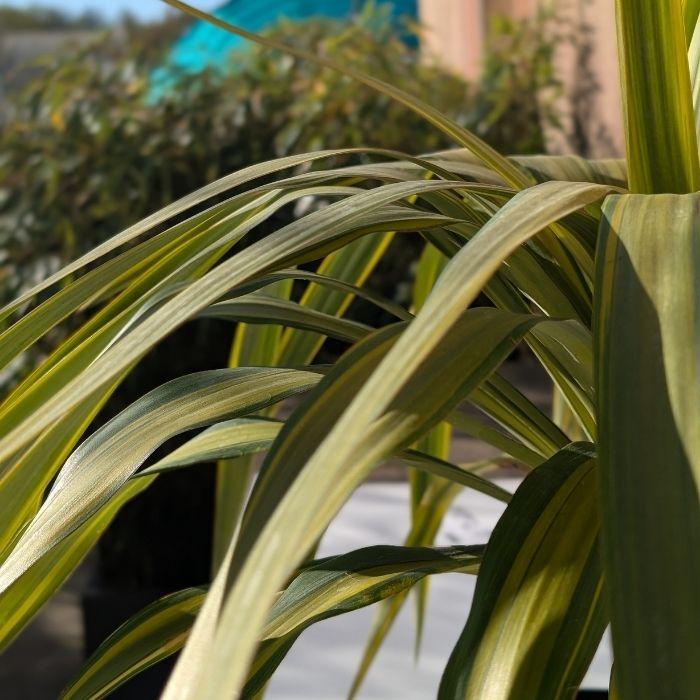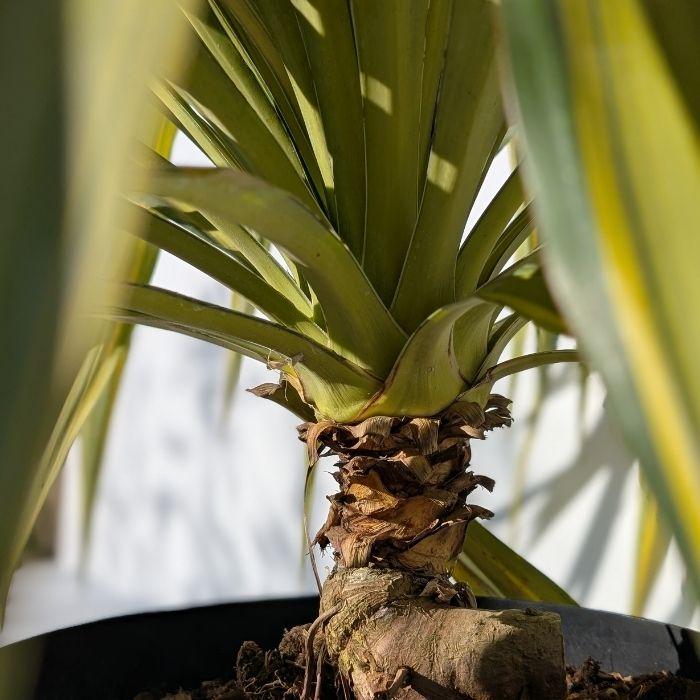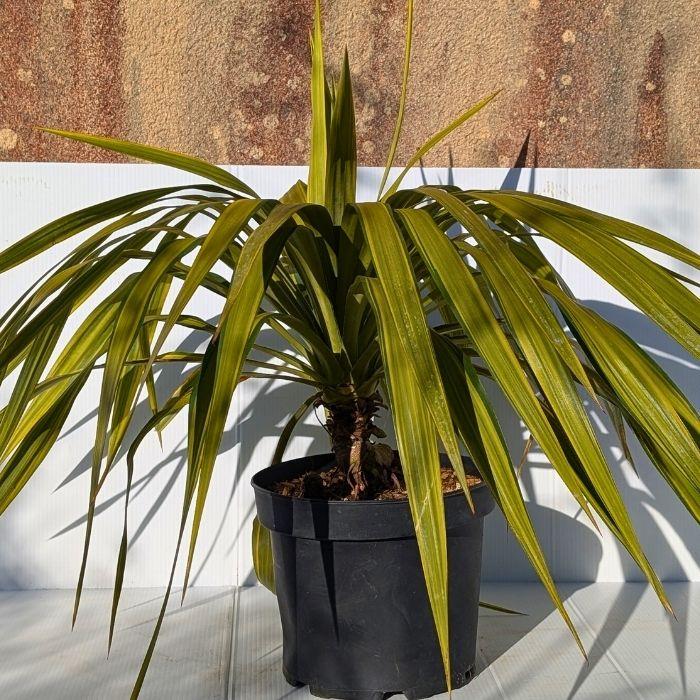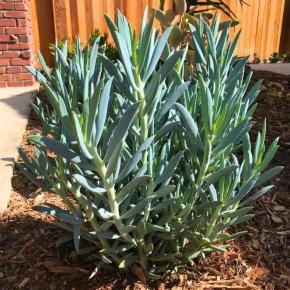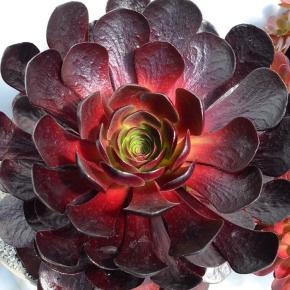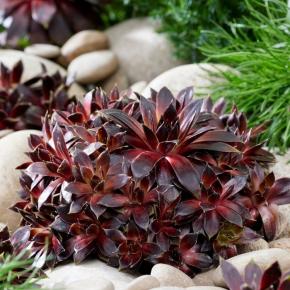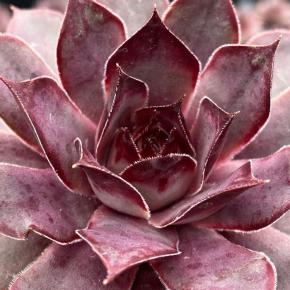Yucca recurvifolia Banana Split is a striking architectural plant prized for its bold variegated foliage — sword-shaped leaves with vibrant yellow centers and green margins — creating a dramatic contrast in landscapes. This hardy evergreen tolerates drought, poor soils, and coastal conditions, making it ideal for low-maintenance designs and year-round visual impact.
|
Packaging
To find out more about our packaging, please visit our young plants' page available from the website header.

|
Available quantity | Dispo à partir de | Sold by | Desired quantity | |
|---|---|---|---|---|---|
|
Packaging
P24 A9
To find out more about our packaging, please visit our young plants' page available from the website header.

|
Available quantity 2616 | Dispo à partir de Immédiat | Sold by 24 |
|
|
Characteristics of Yucca recurvifolia Banana Split
Native to the southeastern United States, Yucca recurvifolia Banana Split is an evergreen ornamental with a distinctive upright habit. Its variegated foliage, combining bright yellow midribs with deep green margins, adds structural interest in all seasons. The plant produces tall, dramatic flower spikes bearing creamy white, bell-shaped blooms in summer, attracting pollinators. Known for its resilience, it thrives in poor, sandy, or rocky soils and withstands coastal winds, heat, and drought once established.
How to use Yucca recurvifolia Banana Split ?
Thanks to its striking form and vibrant coloring, Yucca recurvifolia Banana Split is perfect for focal points in modern or Mediterranean-style gardens. It performs equally well in large containers, gravel gardens, and mixed borders, where it pairs beautifully with ornamental grasses and succulents. In mass plantings, it can be used to create dramatic, low-maintenance landscape features. Its tolerance to salt spray makes it a superb choice for coastal plantings, while its evergreen nature ensures year-round impact.
Cultivation tips for Yucca recurvifolia Banana Split
Plant Yucca recurvifolia Banana Split in well-drained soil, ideally sandy or gritty, to prevent root rot. Space plants 1–1.2 m apart to accommodate mature spread. Water moderately during the establishment phase; once rooted, the plant is highly drought-tolerant. Minimal pruning is needed — simply remove spent flower stalks and damaged leaves. Fertilize sparingly in spring with a low-nitrogen, slow-release formula to maintain compact growth and vivid coloration. Avoid overwatering in winter to reduce risk of fungal diseases.

